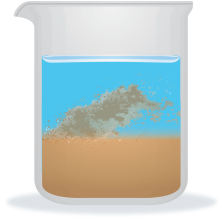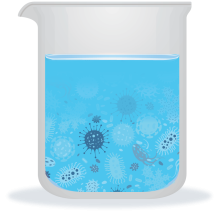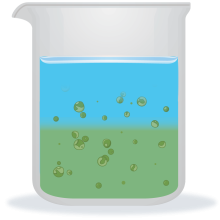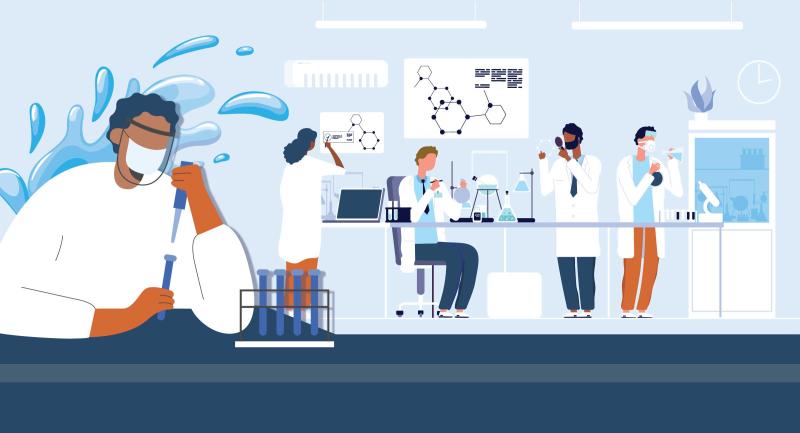It is important to remember that you cannot tell very much about the quality of water simply by looking at it. Most pollutants are invisible to the naked eye. There are three major types of pollutants that affect water quality. Let’s take a look at each type.
Dirt

Rain can wash dirt into rivers and streams. The dirt can smother tiny organisms and kill fish eggs clinging to rocks on the riverbed. Dirt can also clog gills and suffocate fish. Too much dirt in a water body can block sunlight that plants use to grow and make food in a process called photosynthesis. If plants don’t get sunlight to grow, not only do the plants die, but they also don’t make oxygen that other organisms, such as fish, need to live.
Bacteria

Not all bacteria are harmful. However, some bacteria are pathogenic, meaning they can cause disease in humans. If we find certain bacteria living in a body of water, this can indicate that the water might harbor bacteria and viruses that can make you sick.
Nutrients

This is the primary cause of water pollution. The primary pollutants in this category are nitrogen and phosphorus, but there are many others. Excess nutrients cause algae to grow out of control and use all the available oxygen in water, killing off other organisms that need oxygen to live. The excessive growth can also block sunlight and cause the death of plants and other aquatic organisms.
In addition to the three common pollutants mentioned above, can you think of other types of pollution that can impact our water bodies?
Move on to Measuring Water Quality »
Back to Water Quality Monitoring »


